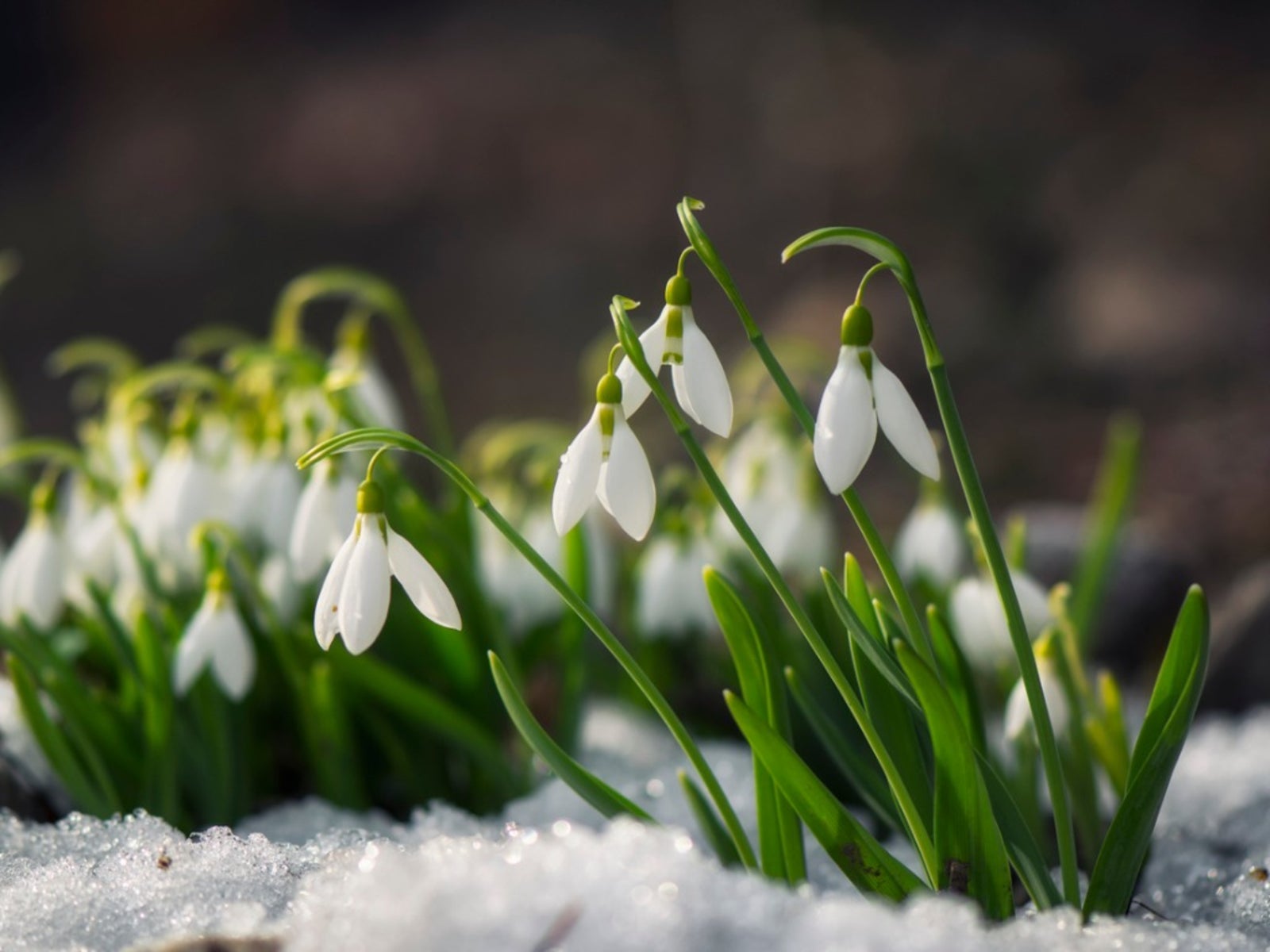The Snowdrop: A Symbol of Hope and Resilience
The snowdrop (Galanthus spp.) is a small but mighty harbinger of spring, emerging from the cold embrace of winter to offer a delicate display of hope and resilience. These enchanting flowers, with their drooping bell-shaped blooms and distinctive green markings, have captivated the human imagination for centuries.
A Botanical Overview
Snowdrops belong to the Amaryllidaceae family, which encompasses a diverse range of flowering plants. The genus Galanthus comprises approximately 20 species, each showcasing subtle variations in size, shape, and flowering time.

Key Characteristics:
A History of Symbolism
The snowdrop’s association with hope and renewal dates back centuries. In Greek mythology, the flower is linked to the goddess Persephone, who was abducted to the underworld. Snowdrops are said to have sprung from the tears she shed during her descent.
Christian Symbolism: In Christian tradition, the snowdrop represents purity and innocence, often associated with the Virgin Mary.

Cultivation and Care
Snowdrops are relatively easy to cultivate and thrive in a variety of garden settings.
Planting:
Propagation
Snowdrops can be propagated through several methods:
Bulb Offsets: As bulbs mature, they produce offsets that can be carefully separated and replanted.
Common Snowdrop Species
Galanthus nivalis: This is the most common and widely recognized snowdrop species, featuring small, delicate flowers.
Snowdrops in Art and Literature
The snowdrop’s enduring appeal has inspired countless artists and writers throughout history.
Poetry: Poets such as William Wordsworth and Robert Frost have celebrated the snowdrop’s resilience and beauty in their works.
Conservation
While many snowdrop species are widely available, some are facing threats due to habitat loss and over-collection.
Conclusion
The snowdrop, with its delicate beauty and profound symbolism, continues to captivate and inspire. As a harbinger of spring, this remarkable flower offers a message of hope, resilience, and the enduring power of nature.


